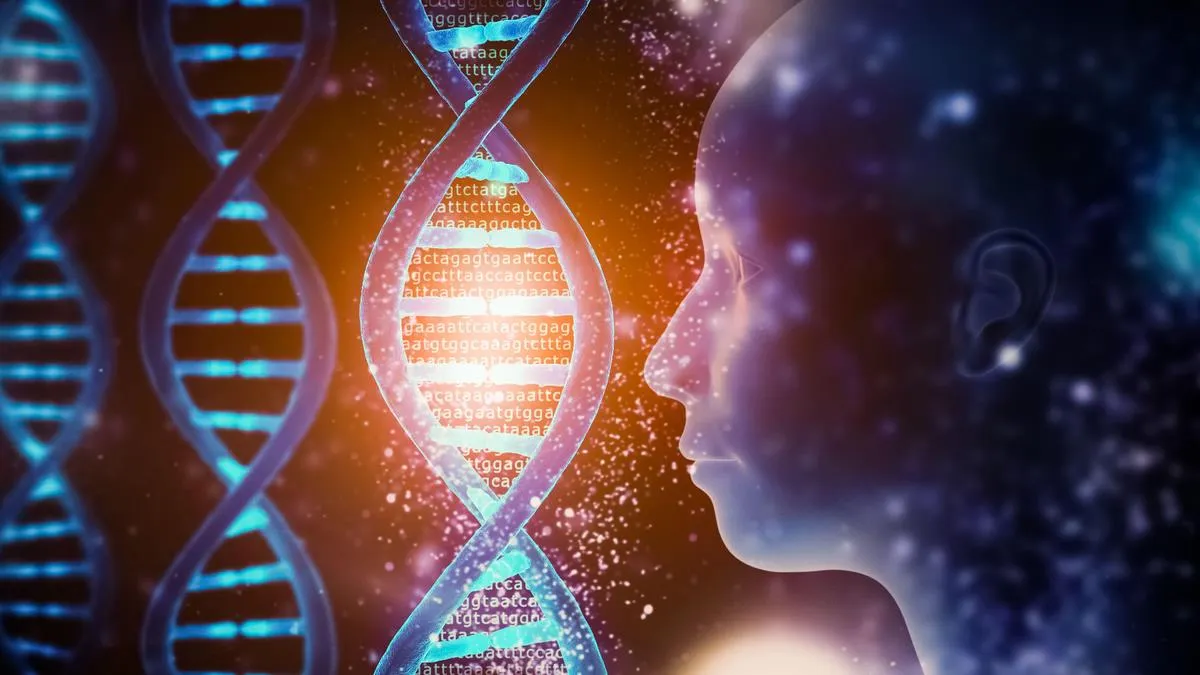
The ancestors of all modern humans split from a mysterious population approximately 1.5 million years ago, and subsequently reconnected with this population around 300,000 years ago, according to a groundbreaking genetic model. This model suggests that the unknown ancestral population contributed about 20% of our DNA, potentially enhancing our brain function and cognitive abilities. Aylwyn Scally, a geneticist at the University of Cambridge and co-author of the study, expressed his astonishment at how current DNA analysis can reconstruct events from hundreds of thousands, even millions of years ago, revealing a far richer and more complex human history than previously understood.
Published in the journal Nature Genetics on March 18, the study introduces a novel method for modeling genomic data called cobraa. This innovative approach allowed researchers to trace the evolutionary lineage of modern humans, or Homo sapiens. By applying cobraa to DNA data from the 1000 Genomes Project and the Human Genome Diversity Project, scientists identified two primary ancestral groups that diverged around 1.5 million years ago, termed Population A and Population B.
Following the split, Population A underwent a significant bottleneck, resulting in a drastic reduction of genetic diversity. Despite this setback, Population A eventually thrived, leading to the emergence of Neanderthals and Denisovans from this group. The researchers revealed that approximately 80% of the genome of all contemporary humans is derived from Population A, while the remaining 20% originates from Population B. Notably, genes from Population B—particularly those linked to brain function and neural processing—may have played a pivotal role in the evolutionary advancement of humans, as noted by Trevor Cousins, a postgraduate genetics student at the University of Cambridge.
Interestingly, while the genetic contributions from Population B may have enhanced cognitive abilities, Cousins pointed out that they also appeared to reduce fertility among individuals. However, he emphasized that the genome is a complex entity, and regions outside of genes can still have significant effects on human development. The study posits that around 300,000 years ago, Population A, which ultimately gave rise to modern humans, displayed a deep genetic structure formed from multiple distinct populations that intermingled.
While the exact identities of these ancestral populations remain unclear, the researchers speculated that various Homo erectus and Homo heidelbergensis populations existed in Africa and beyond during this timeframe, potentially serving as lineages A and B. However, the genetic model does not pinpoint which fossils belong to each population, leading to speculation. John Hawks, a biological anthropologist at the University of Wisconsin-Madison, who was not part of the study, discussed the concept of ghost populations—groups that diverged and later reconnected through interbreeding, facilitating gene flow. He remarked that the model reveals a deep African structure shared by all modern humans, suggesting a singular ancestral source rather than disparate ghost populations.
Despite its innovative approach, Hawks cautioned that the model's reliance on data from the 1000 Genomes Project, which lacks comprehensive representation of African populations, limits its applicability. He described the findings as more of a proof of principle rather than a definitive guide to the behaviors of ancient humans. The quest to understand the origins of modern humans has been a persistent question in paleoanthropology. Advances in DNA and genomic analysis over the past two decades have not only provided new insights but also raised new questions regarding human evolution.
What is increasingly evident is that the traditional notion of species evolving in isolated, distinct lineages is overly simplistic. Cousins highlighted the significant role of interbreeding and genetic exchange in the emergence of new species across the animal kingdom. As research continues to unfold, it will undoubtedly reshape our understanding of human ancestry and the intricate genetic tapestry that defines us.